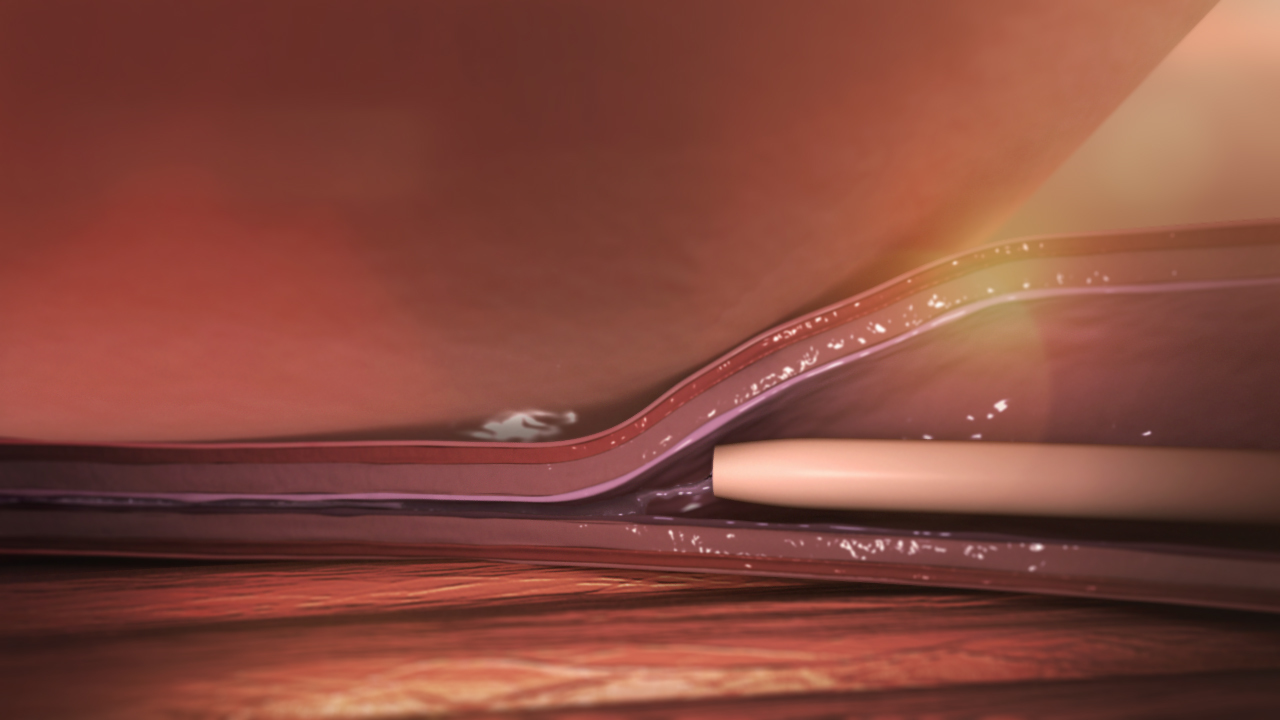VenaSeal
The VenaSeal closure system is a revolutionary treatment option for patients with varicose veins. Using a proprietary medical adhesive that closes off varicose veins, this office procedure eliminates the need for heat and sclerosants. It removes the risk of nerve injury sometimes associated with treating the small saphenous vein. Additionally, VenaSeal doesn't require tumescent anesthesia, and it's been shown to be safe and effective for patients.
When is VenaSeal used?
VenaSeal may be recommended as an alternative to radiofrequency and laser procedures. Since VenaSeal avoids the use of anesthesia and heat, it tends to be more comfortable for patients. VenaSeal is appropriate for most types of varicose veins, including those located deeper within the legs. However, not every patient with varicose veins will be a good candidate for this procedure. Talk to a board-certified Center for Vein Restoration physician to find out if VenaSeal is right for you.
What should I expect from VenaSeal?
During this procedure, the doctor uses a thin catheter inserted into the vein to deliver medical adhesive to the vein’s interior. The medical adhesive will seal the vein shut, and blood will be directed into other healthier nearby blood vessels.
What are the results of using VenaSeal?
Studies have shown that the VenaSeal procedure provides results comparable to other procedures, including radiofrequency closure and surgery. Because multiple injections aren't required for this procedure, patients may be more comfortable during and after the VenaSeal procedure. Any discomfort experienced after this procedure is usually minimal.
What should I do after my VenaSeal treatment to ensure vein health?
Because vein disease is a progressive condition, developing additional varicose veins is still possible following VenaSeal treatment. To reduce the chances of developing new abnormal veins, try not to spend too long standing or sitting in the same position. You should also exercise regularly and maintain a healthy weight. If you notice any symptoms of new varicose veins, report them to your board-certified Center for Vein Restoration physician as soon as possible.
